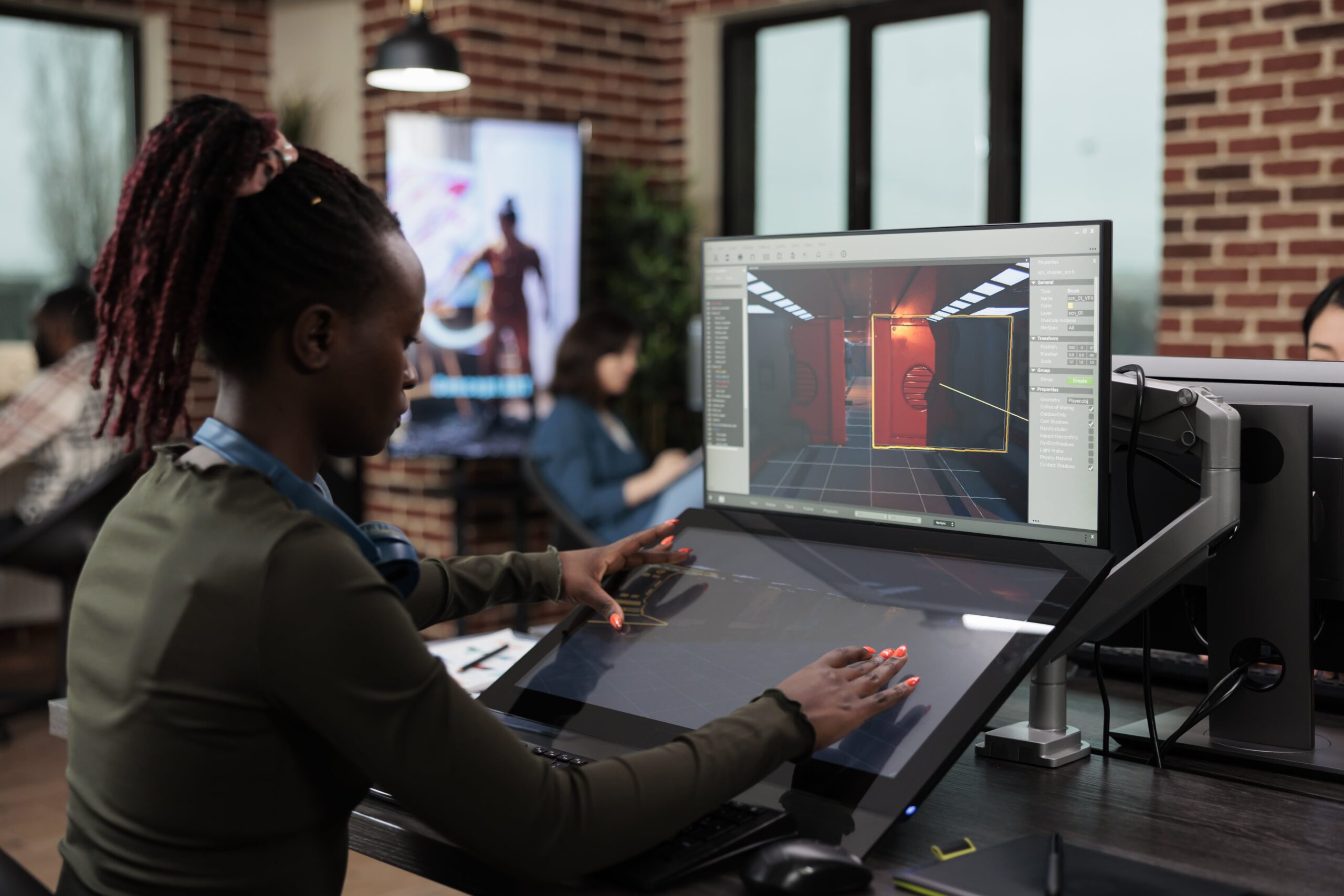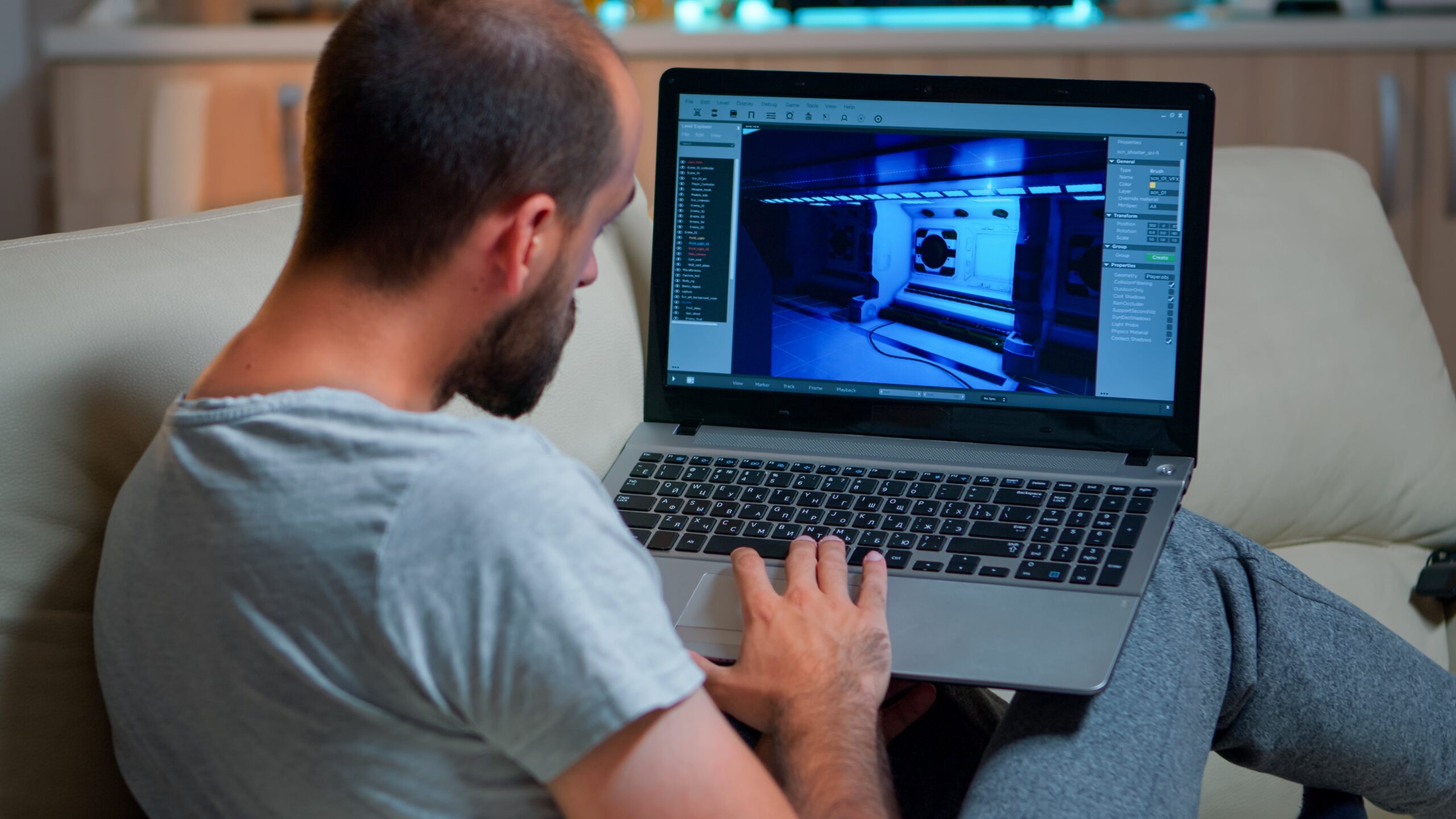In the world of animation, movement is the heartbeat that brings characters and scenes to life. One of the most essential principles for achieving believable motion is Slow In, Slow Out—the technique that makes animated actions feel natural, fluid, and grounded in real-world physics. Understanding this principle can dramatically elevate your work and help you craft animations that truly resonate with viewers.
What is the Slow In Slow Out Animation Principle?
The Slow In Slow Out animation principle, also known as ease in and ease out, refers to adding more frames at the beginning and end of an action to create gradual acceleration and deceleration. This technique mirrors the way real objects move, making animated actions look smoother, more organic, and more lifelike.
Benefits of Using the Slow In Slow Out Animation Principle
Before exploring how to implement the principle, it helps to understand the advantages it brings to your work:
-
Realism: Gradual movement adds weight, momentum, and believability.
-
Fluidity: Smooth transitions prevent motion from appearing mechanical or stiff.
-
Emphasis: Slower pacing highlights important actions or emotional beats.
-
Character Depth: Subtle shifts enhance expression, personality, and emotional clarity.
-
Impactful Storytelling: Strong pacing supports narrative flow and emotional moments.
Tips for Implementing the Slow In Slow Out Animation Principle
To apply this principle effectively, keep these practical tips in mind:
- Understand Timing and Spacing: Plan how keyframes speed up and slow down.
- Use Graph Editors: Visualize motion curves for more precise control.
- Experiment with Easing Curves: Test different variations to match your scene’s energy.
- Practice and Refinement: Repeated adjustments create smoother, more polished motion.
Conclusion
Applying the Slow In Slow Out principle is one of the simplest yet most powerful ways to elevate your animations. By incorporating gradual acceleration and deceleration, you can create movements that feel expressive, natural, and emotionally resonant. Whether you’re animating characters, objects, or camera motion, this principle helps your work stand out with professional-level polish.
Key Takeaways:
- Slow In Slow Out creates natural movement by easing into and out of actions.
- It improves realism, fluidity, and emotional clarity in animated scenes.
- Strategic timing can highlight key storytelling or character moments.
- Tools like graph editors and easing curves make refining motion easier.
- Consistent practice leads to more controlled, believable animation.
To further enhance your animation skills and knowledge, consider enrolling in the NYU Animation Industry Essentials online course and certificate program offered by Yellowbrick. This program can provide valuable insights, industry knowledge, and hands-on experience to excel in the field of animation. Unlock new opportunities and refine your animation expertise with the NYU Animation Industry Essentials program.








